Basilica di Santa Prassede
( Santa Prassede )The Basilica of Saint Praxedes (Latin: Basilica Sanctae Praxedis, Italian: Basilica di Santa Prassede all’Esquillino), commonly known in Italian as Santa Prassede, is an early medieval titular church and minor basilica located near the papal basilica of Saint Mary Major, on Via di Santa Prassede, 9/a in rione Monti of Rome, Italy. The current Cardinal Priest of Titulus Sancta Praxedis is Paul Poupard.
Dedicated to the second-century saint Praxedes, who with her sister Pudentiana, was said to have provided comfort and care to Christians persecuted in the Roman Empire.
The church incorporates mosaic decoration that mark it among the oldest churches in Rome. A church near this site was present since the fifth century, but the church in its current place and general layout was commissioned by Pope Hadrian I around the year 780 to house the relics (bones) of Saint Praxedes (Italian: S. Prassede) and Saint Pudentiana (Italian: S. Pudenziana), the daughters of Saint Pudens, traditionally St. Peter's first Christian convert in Rome. The church was built atop of the remains of a 4th-century ancient Roman Thermae, privately owned by the family of Pudentiana, and called Terme di Novato.[1] The two female saints were murdered for providing Christian burial for early martyrs in defiance of Roman law. The basilica was enlarged and decorated by Pope Paschal I in c. 822.
Pope Paschal, who reigned 817–824, was at the forefront of the Carolingian Renaissance started and advocated by the emperor Charlemagne. They desired to get back to the foundations of Christianity theologically and artistically. Paschal, thus, began two, linked, ambitious programs: the recovery of martyrs' bones from the catacombs of Rome and an almost unprecedented church building campaign. Paschal dug up numerous skeletons and transplanted them to this church. The Titulus S. Praxedis was established by Pope Evaristus, around 112. While on a pilgrimage to Rome with his father around 855-856, the young and future English king Alfred the Great was reportedly deeply impressed and inspired by the church's beauty.[2]
The inscriptions found in Santa Prassede, a valuable source illustrating the history of the church, have been collected and published by Vincenzo Forcella.[3]
The church contains the oratory of San Zenone.
The church provided the inspiration for Robert Browning's poem "The Bishop Orders His Tomb at Saint Praxed's Church."
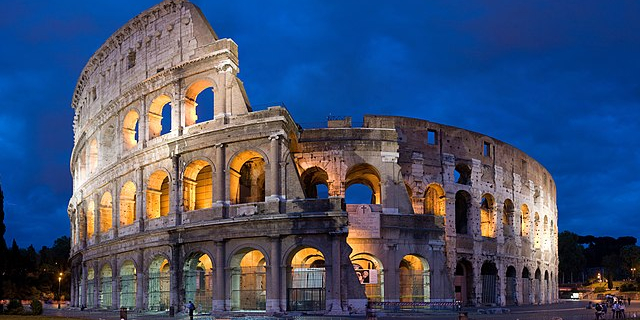

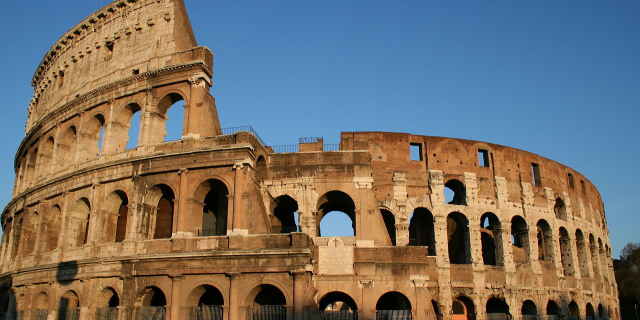

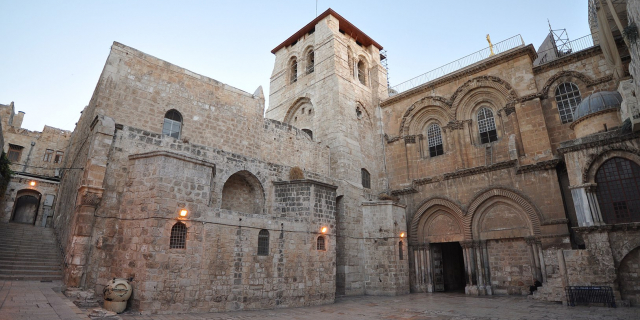
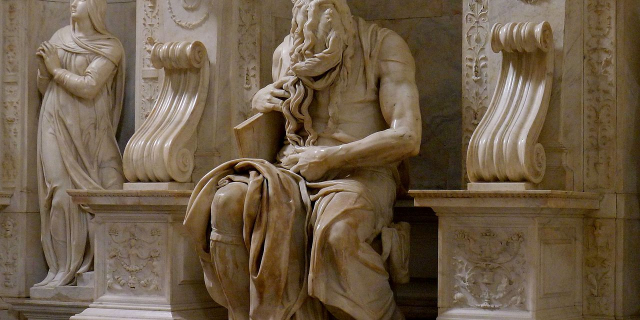



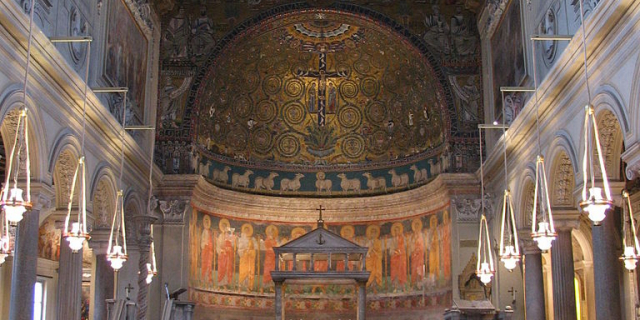

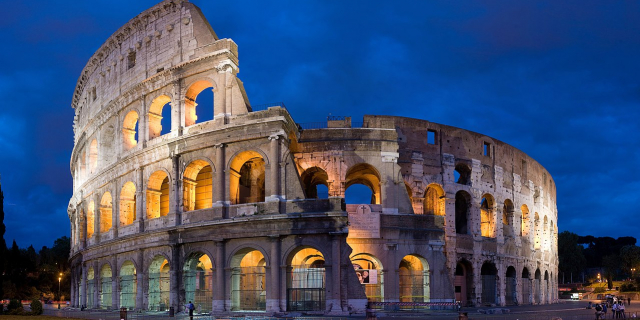




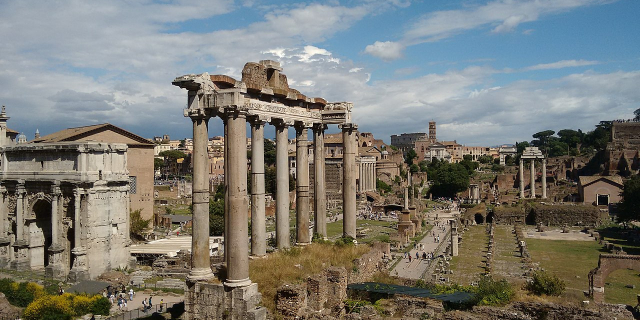
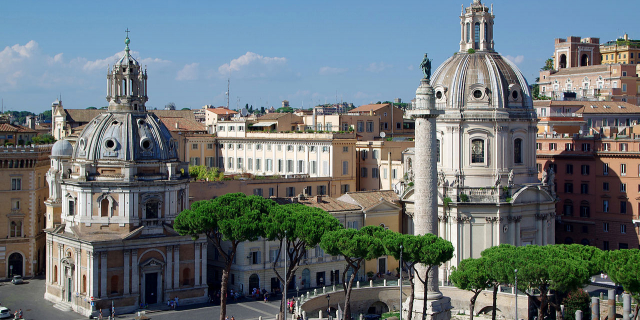
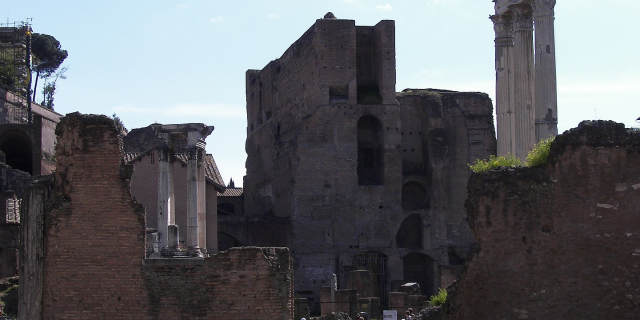


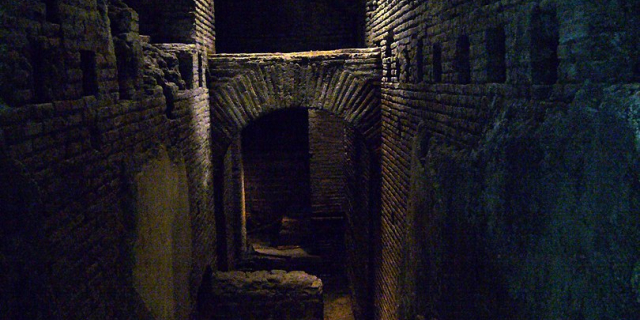


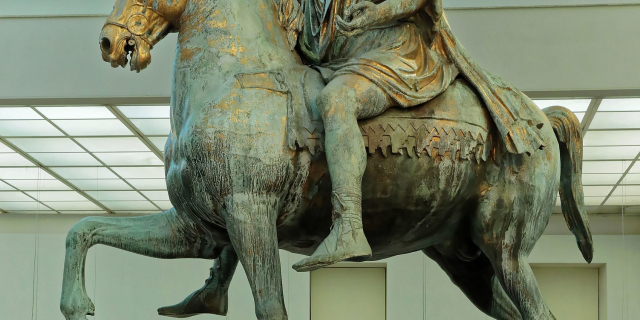

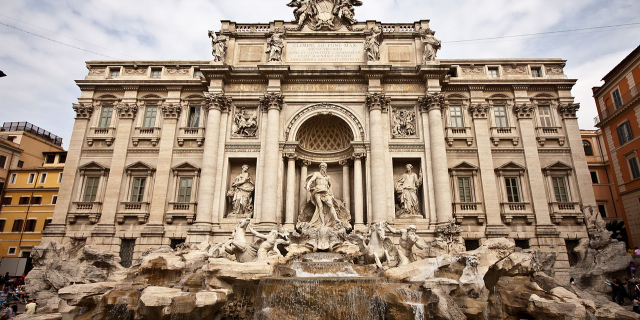

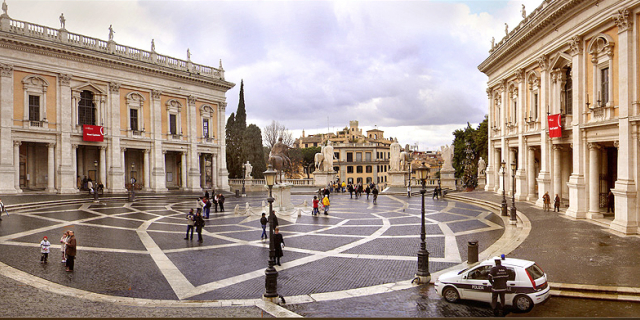

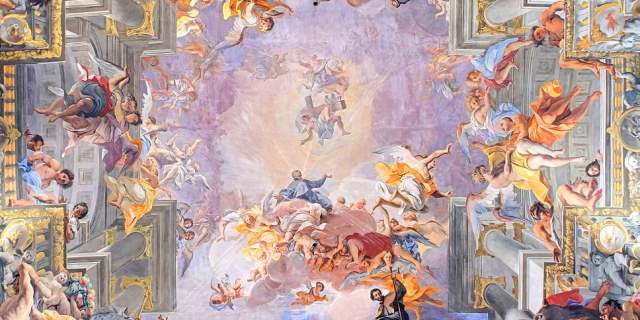
Add new comment